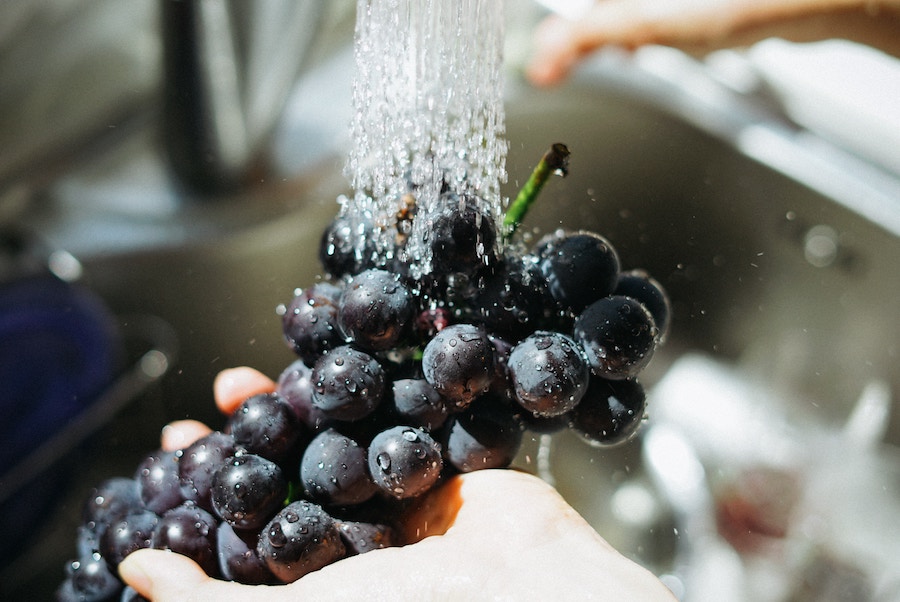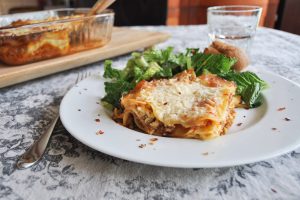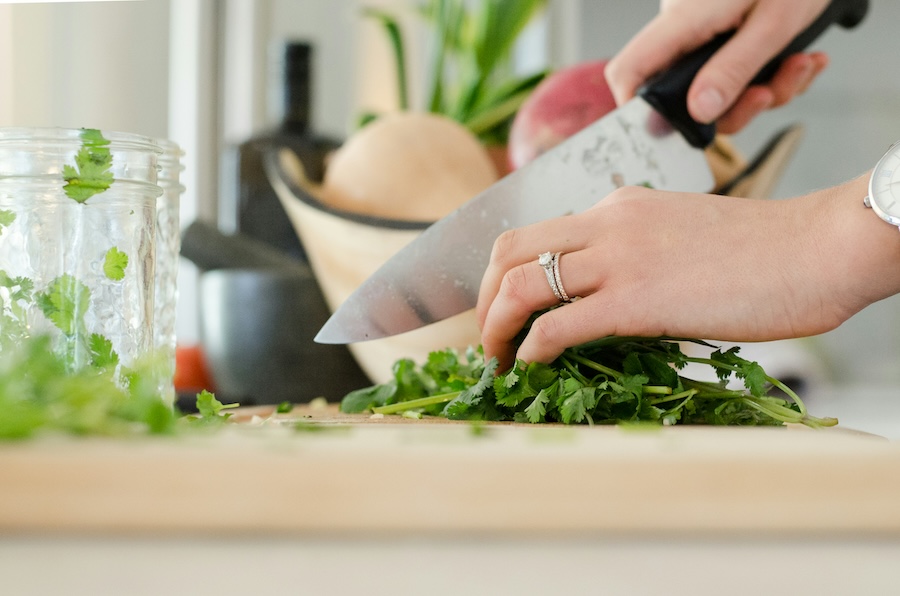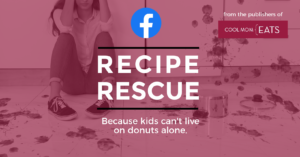This week, the American Association of Pediatrics issued a statement about food additives and child health that parents will definitely want to check out because it touches on a lot of the issues we’ve all expressed concern about — the use of food colorings, artificial flavor, chemicals like nitrates. Even the chemicals from certain plastics and other plastics that can end up in your child’s food.
“Urgently needed reforms”
The pediatric researchers from the Council on Environmental Health are concerned enough that the AAP is proposing “urgently needed reforms” to the current FDA regulatory process for food additives.
They’re also looking to provide guidance to pediatricians, so they help new parents make good decisions.
The researchers describe that more than 10,000 chemicals can legally be added to both foods and various kinds of packaging in the USA, and that accumulating evidence indicates that “children may be particularly susceptible to the effects of these compounds.”
To be more specific, they cite that of the nearly 4000 legal food additives that have recently been evaluated, 63.9% of them have no data on them at all!
More troubling, they describe “conflicts of interest in the scientific review of food additives” that receive a GRAS (Generally Recognized as Safe) designation.
In fact, in a recent look at GRAS additives, 35.7% of these chemicals were evaluated by an employee or consulting firm of the manufacturer, while nearly 2/3 were evaluated by “experts” selected by the manufacture.
The AAP concludes that “none [of these GRAS evaluations] were made by a third party.”
Geez.
What can you do as a parent?

So what can you do to make things a little safer for your family? Well, don’t panic. In fact, you’re probably already doing a lot of these things. But it can’t hurt to learn a few more.
Journalist Roni Caryn Rabin, in a New York Times article about the report offers several solutions from experts including some we’ve often described ourselves. The original report also offers lots of good ideas, which I’ve compiled here:
-Consume fresh or frozen (not canned) fruits and vegetables whenever possible
-Avoid canned foods in general to reduce bisphenol exposure
-Avoid processed meats that contain nitrates. (I love the brand Applegate Farms for safer salami, bacon and luncheon meats)
-Wrap foods in wax paper instead of plastic wrap
-Don’t put plastic in the dishwasher, even if it’s “dishwasher safe.” The heat breaks down the plastics (even melamine) and can leach into food.
-Don’t microwave food in plastic containers! (We’ve been saying this for years!) If it comes in a plastic take-out container, just transfer it to a plate before heating.
-Thoroughly wash unpeeled fruits and veggies before serving or eating. (Fruits with thick rinds like bananas, melons and avocados are of course fine as is.)
-Get to know the plastic recycling codes, avoiding 3, 6 and 7 which may contain phthalates, styrene and bisphenols. (Plastics labeled biobased or greenware are derived from corn, and are fine.)
As for the FDA, we stand with the AAP! We too would like, as these scientists put it, “a more robust and transparent process of evaluation…including additional requirements for toxicity testing before approval of chemicals for the marketplace.”
Their suggestion for better labeling of additives with limited or no toxicity data is also important, so that all consumers, but especially parents and caregivers, can be more informed.
Oh, and let’s be sure that those people testing the foods our kids are eating and saying it’s all totally safe and fine, are not paid by the same people trying to sell those foods to us.
Seems more than reasonable, right?
You can read more of the AAP published research from Leonardo Trasande, Rachel M. Shaffer, and Sheela Sathyanarayana of the Council on Environmental Health on the AAP website.
Photo: Tanaphong Toochinda, Manki Kim via Unsplash





